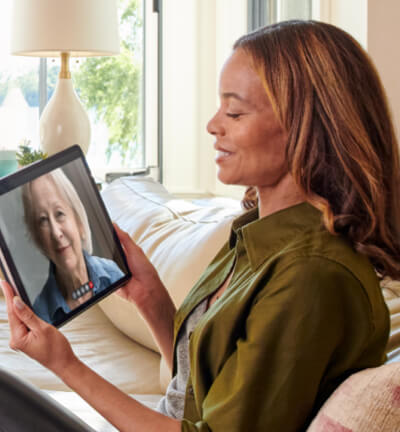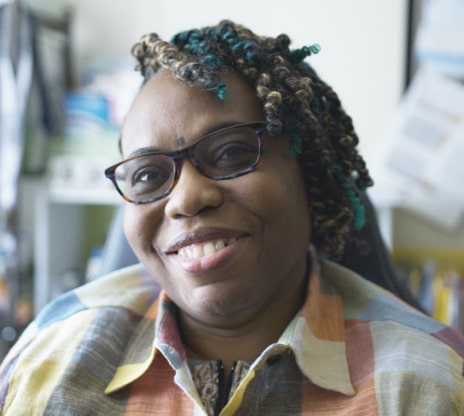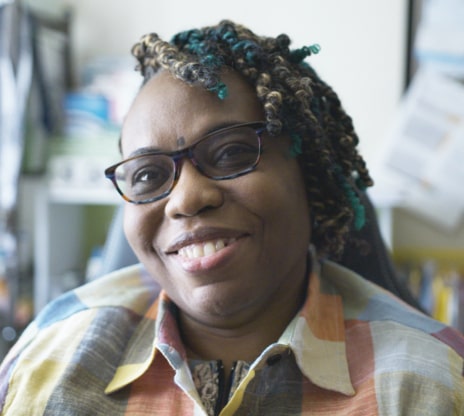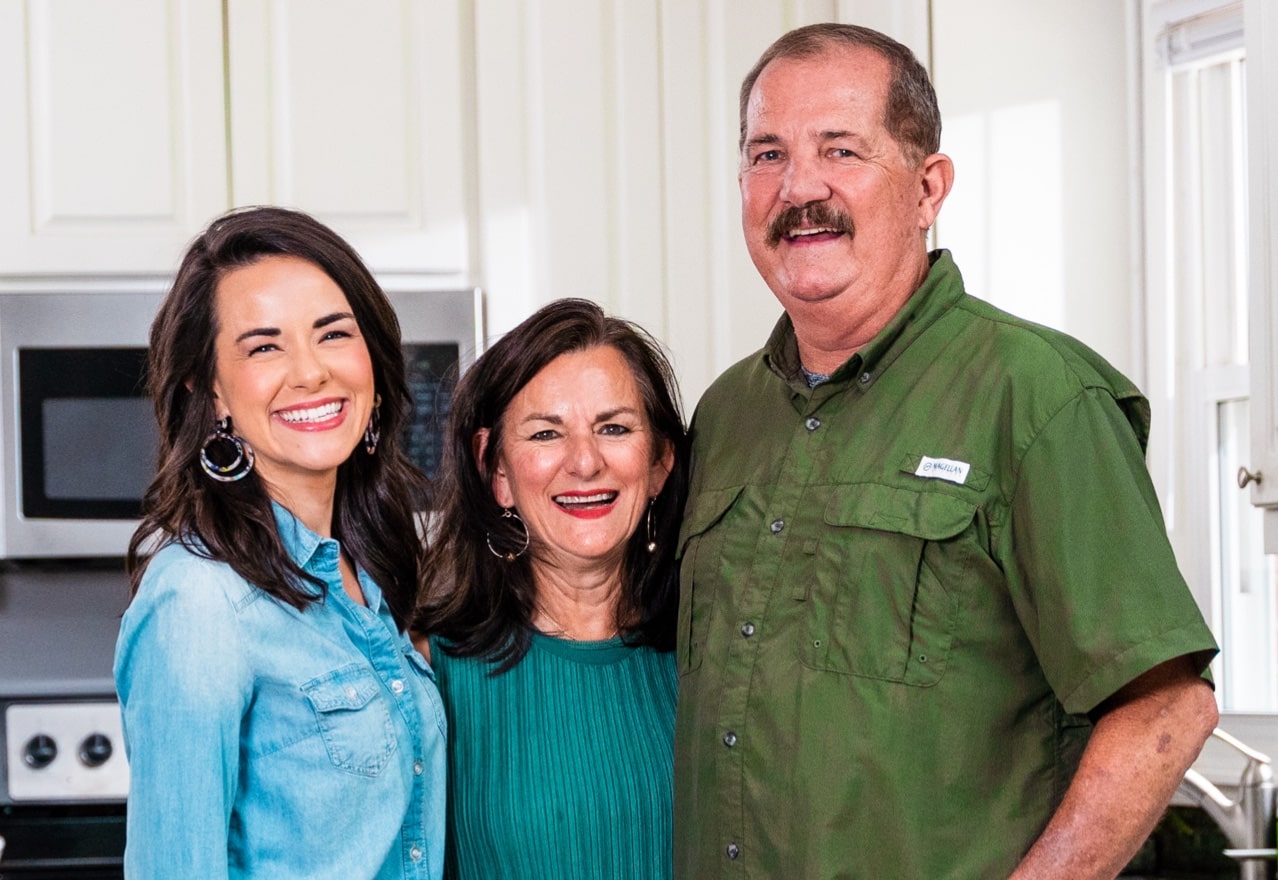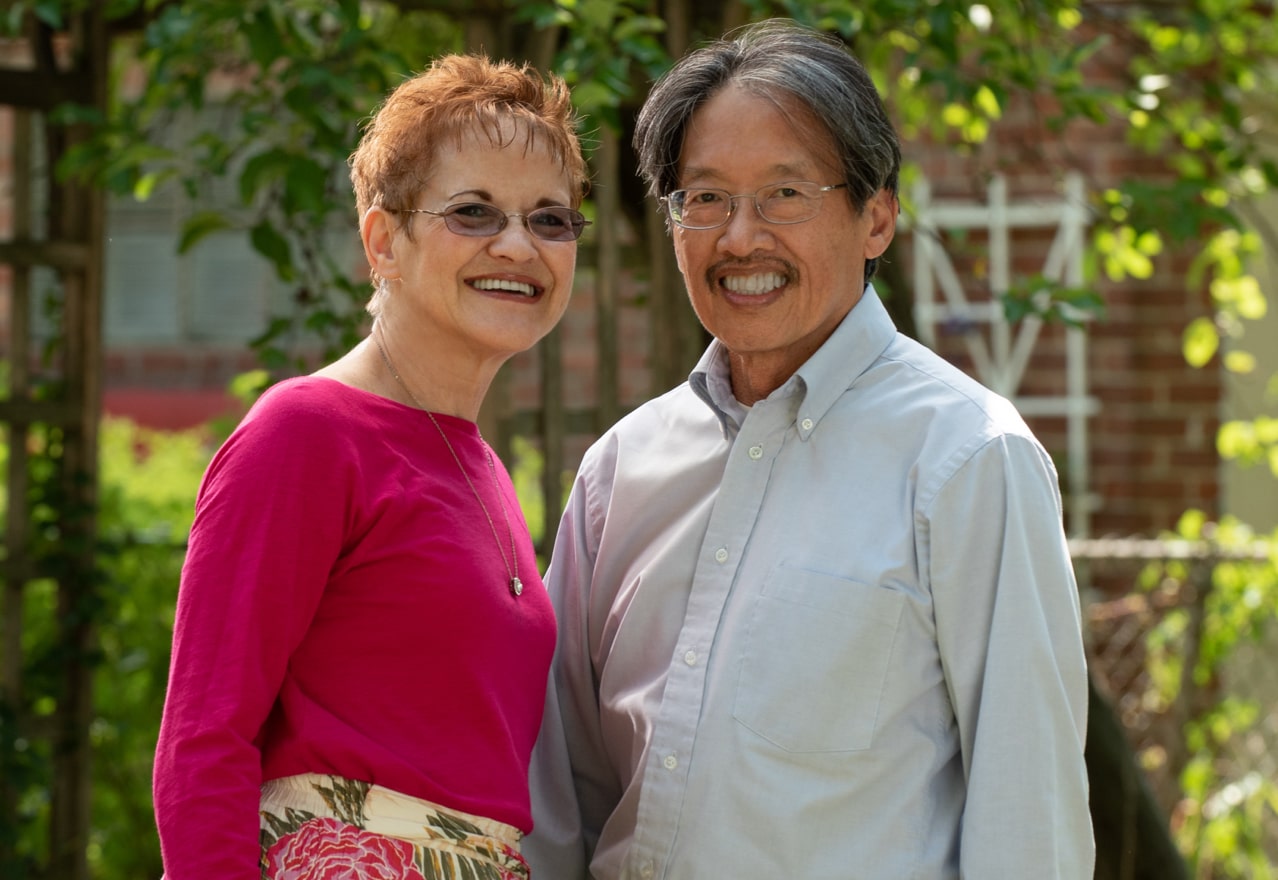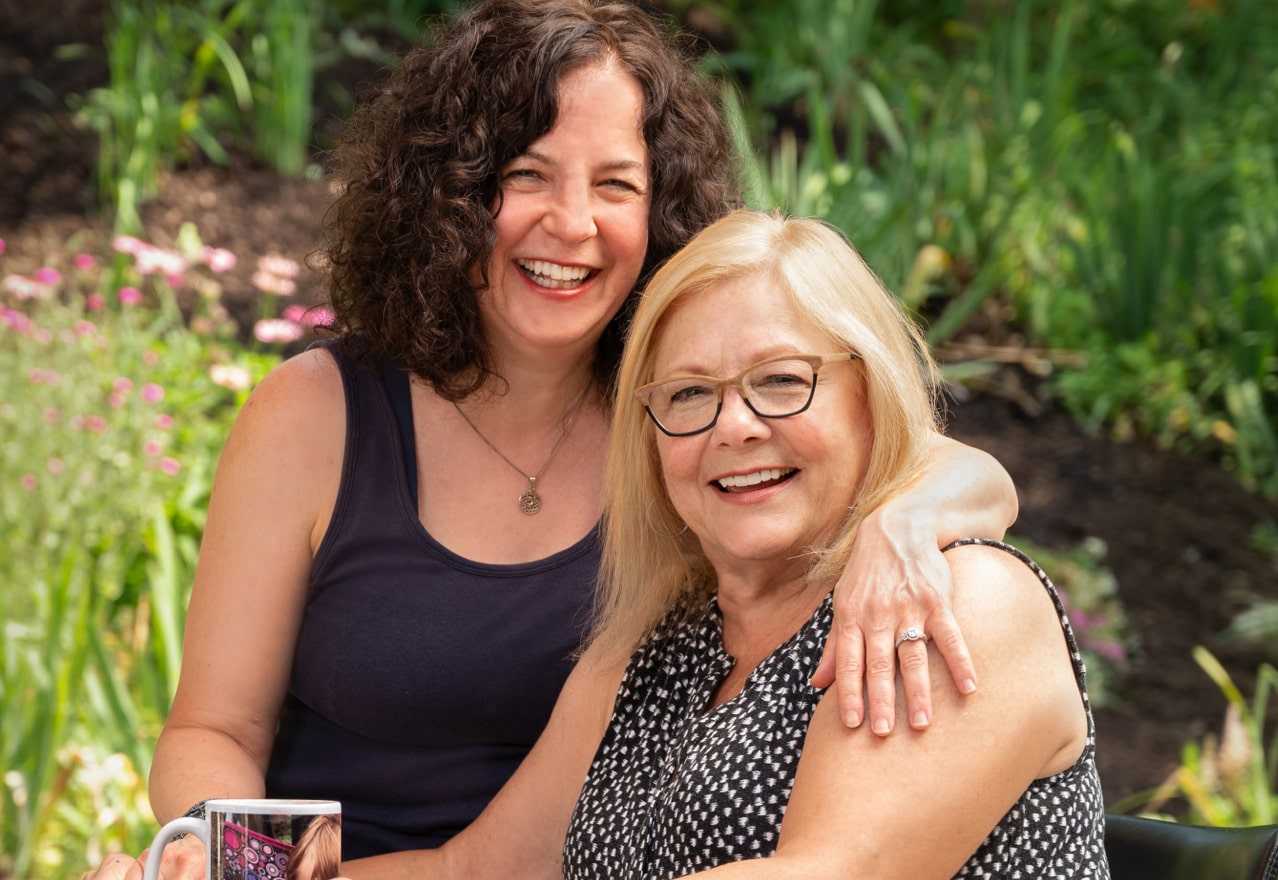Betty felt like she had lost the ability to walk overnight.
The longtime schoolteacher woke up one June morning in 2011 and was physically unable to get out of bed. Betty and her husband, Lucky, had no idea what was wrong with her. After a conversation with her doctor, Lucky helped Betty into the car to go to the hospital and her myasthenia gravis (MG) journey began.
Betty’s symptoms began that day in June, but four difficult, frustrating and oftentimes scary months would pass before she was officially diagnosed with MG. Betty started by meeting with her primary care physician and then began seeing many different specialists. Meanwhile, Betty’s family was frantically searching the internet for any clues to what might be happening to her.
It wasn’t until Betty met with a neurologist that she heard “myasthenia gravis” for the first time. Betty and the neurologist were waiting on test results to determine if she would officially be diagnosed when a myasthenic crisis struck.
If I could get up and walk out of the emergency room that’s the first thing I’d do.
Betty was admitted to the emergency room. Doctors couldn’t find anything wrong with Betty and spoke to each other as if she wasn’t in the room with them. “I tried to tell them, ‘If I could get up and walk out of the emergency room that’s the first thing I’d do,’” Betty said.
Nobody listened to her. Betty’s gurney was wheeled out of the emergency room, and she was left in the hallway by herself. Without a phone or the ability to move, Betty was alone and helpless. When Lucky finally found her, Betty cried harder than she ever had in her life.
Betty got discharged, but her condition worsened at home. She couldn’t dress herself and often couldn’t walk. Lucky and their older children had to take turns carrying her up and down the stairs on their backs. When chewing became so difficult that she could barely eat, Betty was admitted to a hospital. Everything she ate had to be blended.
Time in the hospital helped, and Betty slowly regained some of her strength back. When she was able to chew well enough to sustain herself, Betty was transferred to a rehab center. She still couldn’t walk, but it was time to learn how to be self-sufficient.
Getting the actual diagnosis made me feel human again
Betty spoke openly with doctors about having myasthenia gravis but the myasthenic crisis had halted her diagnosis process. She had still not officially been diagnosed. At the rehab center, curious doctors and nurses would poke their heads in her room. They’d never heard of myasthenia gravis before and wanted to know what a person living with MG could look like. Betty began beckoning them to come in, just so she could talk to them and prove that she was a normal human being.
Betty liked her care team at the rehab center who motivated her. As she worked with them, Betty slowly worked on becoming mobile again. When she was able to move around well enough, Betty was discharged from the rehab center.
Betty’s myasthenic crisis and recovery had put a halt to everything, including the process to get diagnosed with MG. Finally, four months after being admitted to the hospital, Betty was diagnosed with myasthenia gravis. “Getting the actual diagnosis made me feel human again. I knew what the hurdle was, so I could work through it.”
By the time Betty could walk again, a full school year had passed her by. But her family rejoiced at this accomplishment, and Lucky threw her a huge party. “I told her, ‘If you can walk and get out of bed, I promise you I will pack a hall with a lot of people and we’re going to be celebrating,’” Lucky said.
Betty tried to return to work in January 2013, but her MG symptoms made it too difficult. She retired that March. At first, she wasn’t sure what she was going to do with her life. Being a teacher had been everything to her. Over time, she realized that “teacher” was just one of the many adjectives to describe her. Betty is a wife, a mother, a friend, a daughter and countless other things to the people in her life.
You just have another hurdle to work through and overcome.
Ironically enough, once Betty realized that being a teacher wasn’t her entire identity, her life with MG improved enough so that she was able to start teaching again. But she understands that this may not last. She has found peace with that because she also knows it’s the relationships with family members that will last forever.
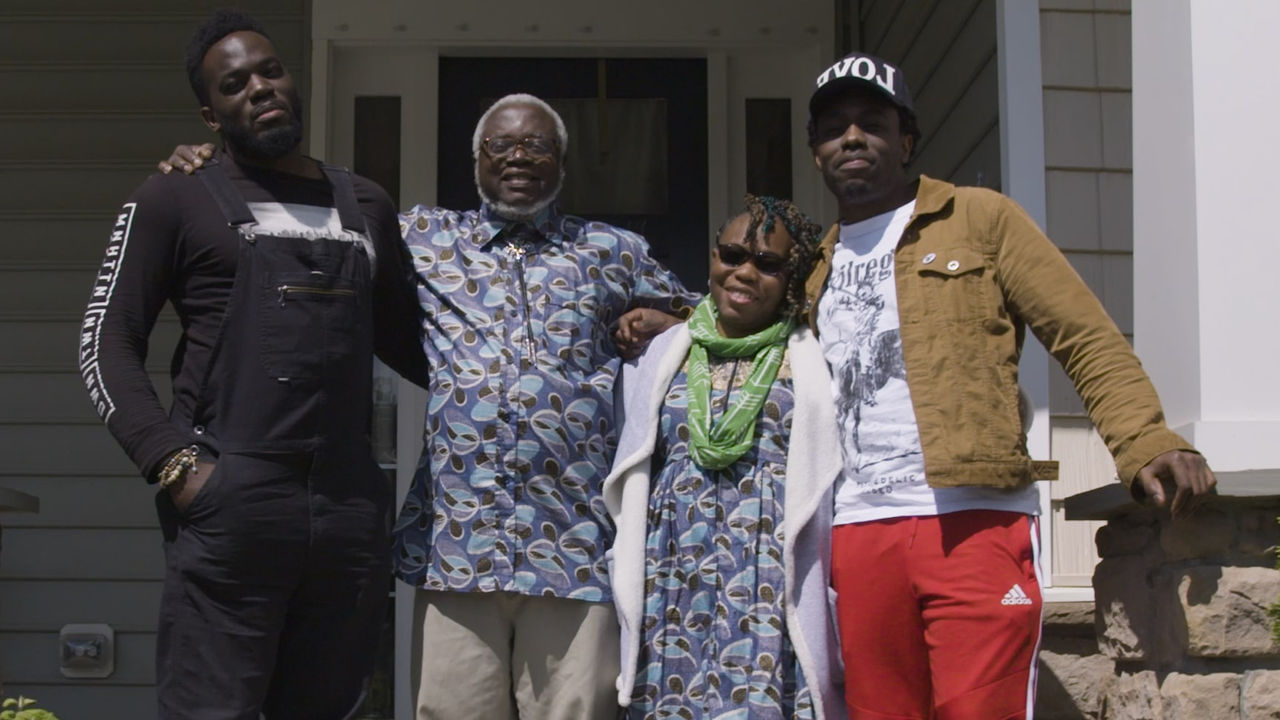
Today, Betty uses her own MG diagnosis to motivate her students in the classroom who think the work is too hard. Betty tells them, “You just have another hurdle to work through and overcome.”






